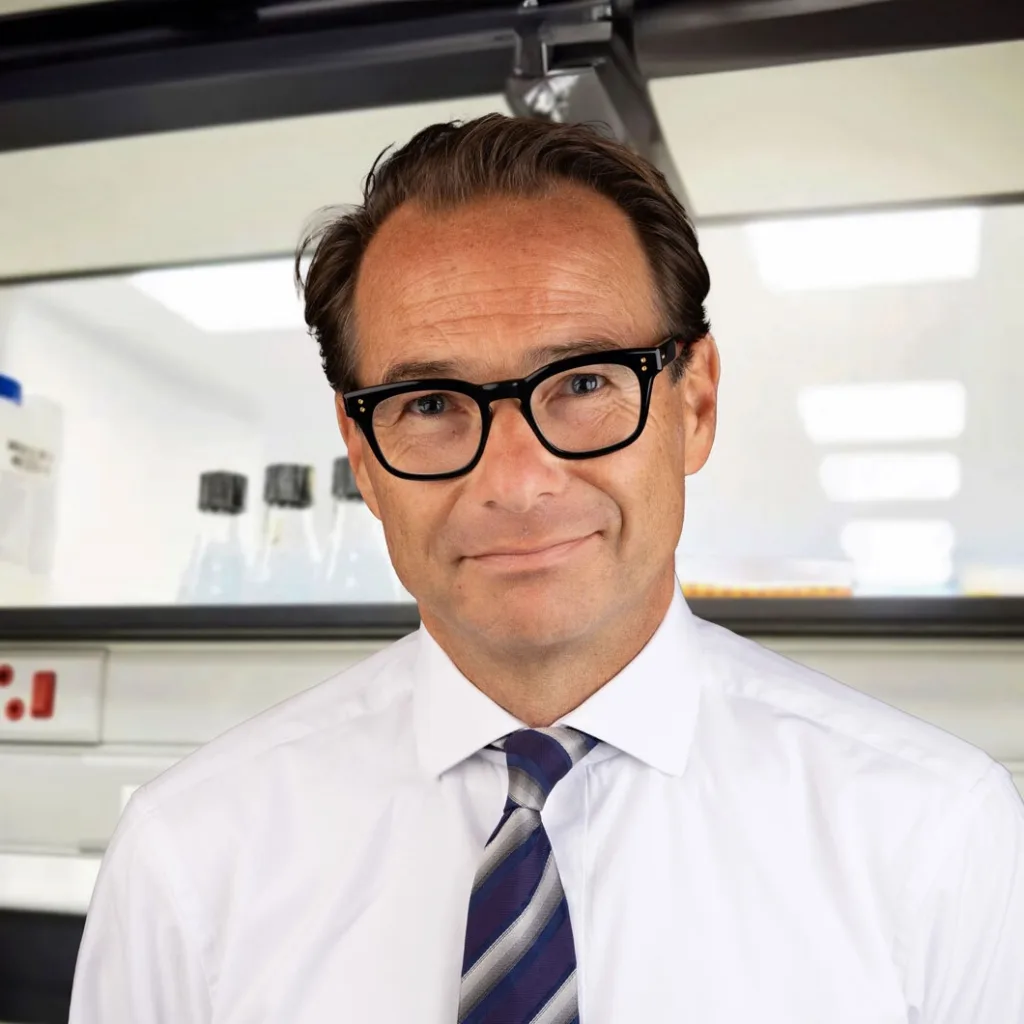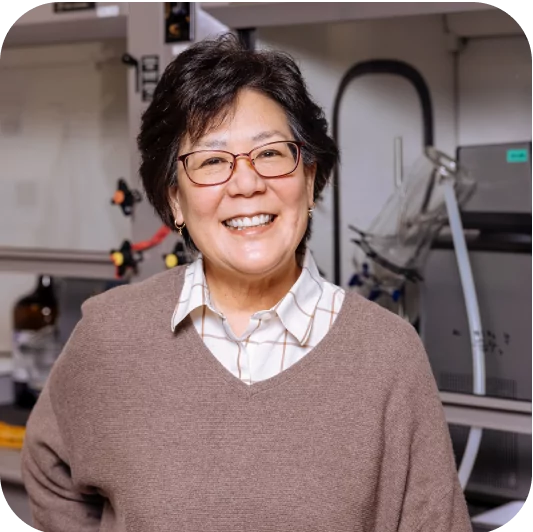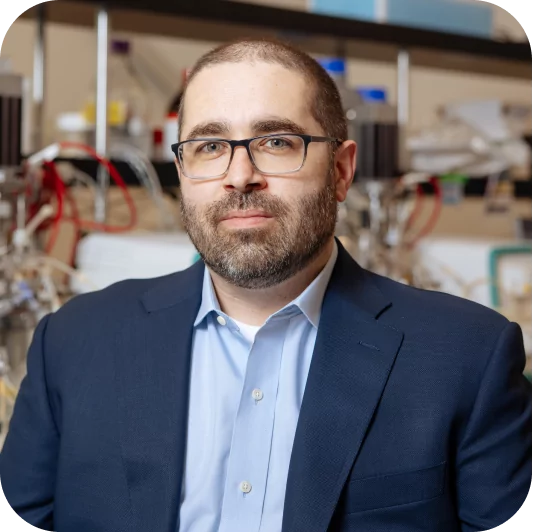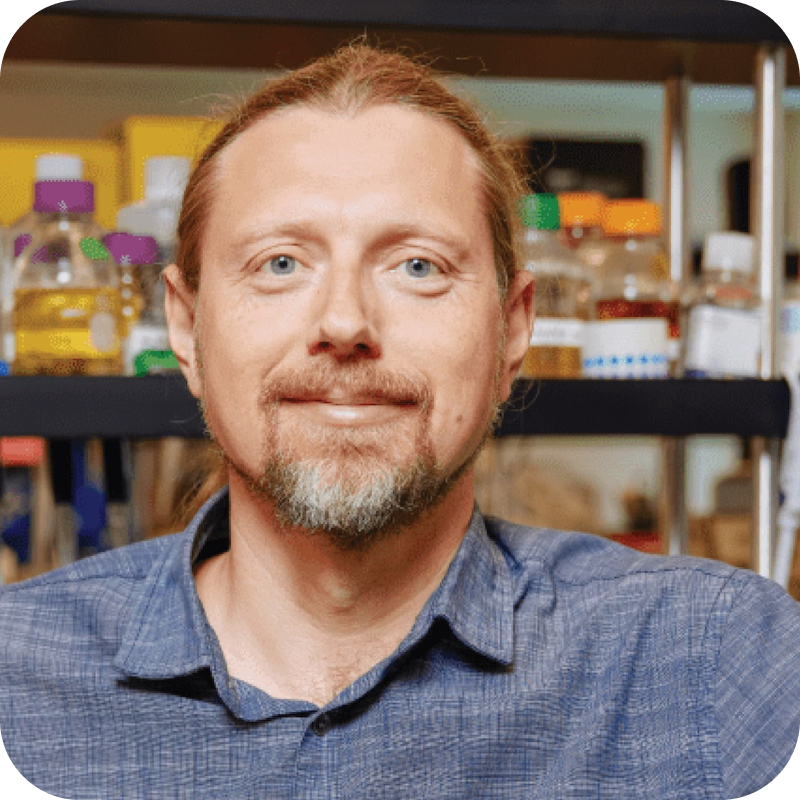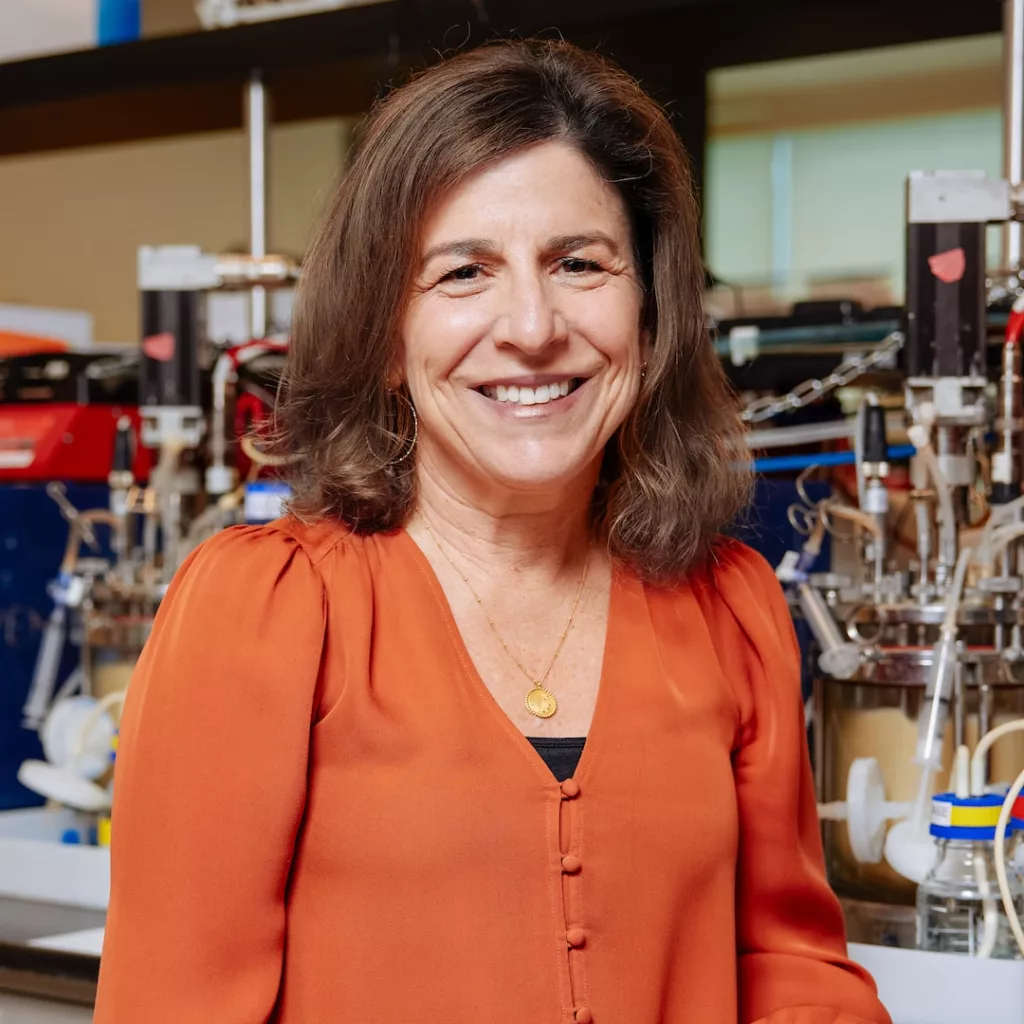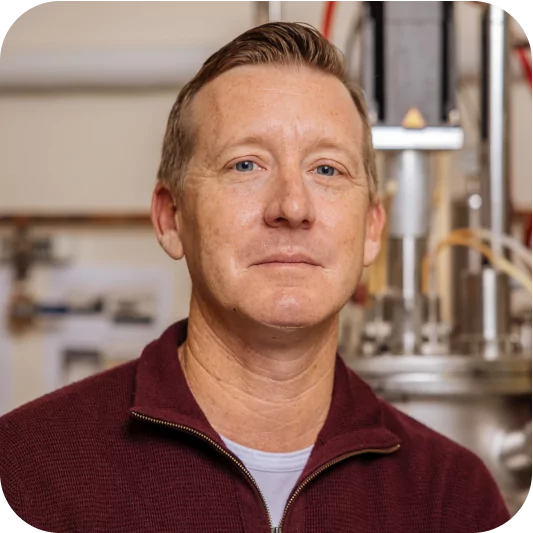The global pandemic has brought pharmaceutical manufacturing to the forefront of America’s public consciousness. Acute drug shortages brought on by COVID-19 have underscored the need for domestic production and more resilient supply chains. Federal agencies and private industry are pushing for technologies that will modernize how medicines get made.
Continuous manufacturing, in particular, is gaining attention and increased investment. Compared to legacy batch processes, a continuous approach is faster, more cost-effective, and can respond to sudden changes in demand.
The shift to continuous manufacturing is a boon for the industry and public health overall, but is not applicable to all drugs. It represents a significant improvement for a subset of medicines: chemically synthesized small molecule drugs. The future is unclear for drugs outside of this category, including plant-derived pharmaceuticals, which make up nearly 40% of medicines.
It is time to modernize manufacturing for a broader set of small molecules. Next-generation biomanufacturing—an approach based on synthetic biology and microbial fermentation—is ready to be scaled as a manufacturing technology. It promises to build a more resilient and nimble supply chain for essential drugs.
Below, we review the manufacturing methods used today and propose an evolution.
Traditional approach: Batch manufacturing
What it is: For the past fifty years, batch production has been the standard for making small molecule drugs. It involves manufacturing a specific quantity (batch) through a series of discrete steps, including synthesis, crystallization, blending, granulation, and tablet coating. Production stops after each step, and raw material moves to the next machine or facility.
Benefits: The equipment, workflows, and regulation surrounding batch manufacturing are well established; pharma companies have already invested in batch machinery and facilities for thousands of drugs. For batch production, drugmakers can often leverage existing equipment. It requires relatively simple machinery, which tends to be easier to operate, maintain, and troubleshoot.
Challenges and limitations: The batch approach is more time-intensive and requires higher operational costs because of the multiple steps and facilities involved. Production is often distributed across multiple countries which adds time, complexity, and the need to coordinate storage. Batch manufacturing requires large-scale equipment and significant physical space, so it has a larger environmental footprint than other advanced manufacturing processes.
Another limitation of batch manufacturing is that it is not agile. Production volume is set at the beginning of the process; there is no room to dial it up or down based on spikes or dips in demand.
Advanced manufacturing approach:
1. Continuous manufacturing
What it is: Continuous manufacturing functions like a constantly running assembly line, turning raw materials into small molecule drugs without pausing after each step. It operates in a single facility, which streamlines production.
Benefits: The most significant benefits are time and cost savings—continuous manufacturing can save weeks or months and millions of dollars because there is no waiting for material to be transported, sampled, and stored.
Quality is also built into the process. The material can be tracked at a more granular level, which allows drug-makers to isolate quality issues.
Continuous production can ramp up quickly, making it more responsive to demand changes and more flexible overall. The assembly line can run for a longer period to produce a higher volume.
Challenges and limitations: The “always-on” nature of continuous manufacturing means that maintaining machinery is disruptive—for example, malfunctions in one part of the system can shut down operations overall. The integrated nature of the process means that it requires a significant upfront investment in equipment.
Despite its clear benefits and the FDA’s encouragement, adoption remains limited. Pharma companies have already invested many millions of dollars in batch processing facilities. Reporting by STAT found that just a handful of pharmaceutical companies in the U.S. have moved to continuous processes, and only for a limited number of new drugs.
Current discussions about batch vs. continuous manufacturing acknowledge these benefits and challenges, but they exclude an essential consideration. Continuous manufacturing does not provide access to new chemical space or produce new types of compounds. The problem of manufacturing plant-based medicines at scale remains. Even if the U.S. were to transition entirely to continuous manufacturing, we would still be vulnerable to critical shortages of life-saving drugs.
2. Biomanufacturing
What it is: Biomanufacturing is the process of producing desired molecules using microbial hosts such as yeast or bacteria. Through fermentation, these microbes operate as living factories to manufacture small molecule drugs at scale.
Now, with advances in synthetic biology, it’s possible to clone genes from plants and express single enzymes and even entire pathways in yeast. Our team at Antheia has engineered yeast cells to manufacture plant-based drugs, including tropane alkaloids, which occur naturally in the nightshade plant and are used to treat Parkinson’s and other conditions.
Benefits: A biology-based manufacturing platform can make medicines that are not accessible through chemical synthesis. Biomanufacturing is the only viable alternative to growing and harvesting medicinal plants, which present significant supply chain challenges.
Synthetic biology opens up the potential to develop drugs in underrepresented chemical space. With a syn-bio-based manufacturing platform, it is possible to address biological targets that are currently considered “undruggable.”
Challenges and limitations: Biomanufacturing has only been applied to small molecule drugs relatively recently. The typical question raised in the industry is whether the technology is ready to be commercialized and scaled. Our recent progress has affirmed this readiness; scaling is not a far-off reality.
Scaling biomanufacturing technologies
Biomanufacturing already produces commercial quantities of small molecules ranging from fragrances (e.g., rose oil) to food-grade products (e.g., sweeteners including Reb M, aka Stevia) to cannabinoids (e.g., CBD). There is existing infrastructure that can be expanded or repurposed to make pharmaceuticals.
Pharma applications are far from new; insulin, antibiotics such as penicillin, and protein therapeutics are all commonly manufactured via microbes today.
These pharma applications also include plant-based drugs manufactured using fermentation. Amyris developed strains that Sanofi used to produce up to 20 metric tons of artemisinin, an antimalarial naturally derived from the sweet wormwood plant. Now Manus Bio is exploring a lower-cost solution using its E. coli platform.
At Antheia, we are engineering yeast cells to manufacture plant-based pharmaceuticals at scale: recent pilot runs reached commercially relevant titers. We are confident that biomanufacturing will soon produce a broad range of medicines: chemotherapeutics, anticholinergics, anesthetics, and many others that are now sourced from plants.
Advancing pharma manufacturing for all medicines
Solving America’s most urgent drug supply problems requires investment in a variety of advanced manufacturing technologies. Biomanufacturing is a powerful, proven platform and a complement to continuous manufacturing. Together, these technologies represent a critical step toward building resilient drug supply chains, and ensuring that patients have access to essential medicines when they are most in need.
